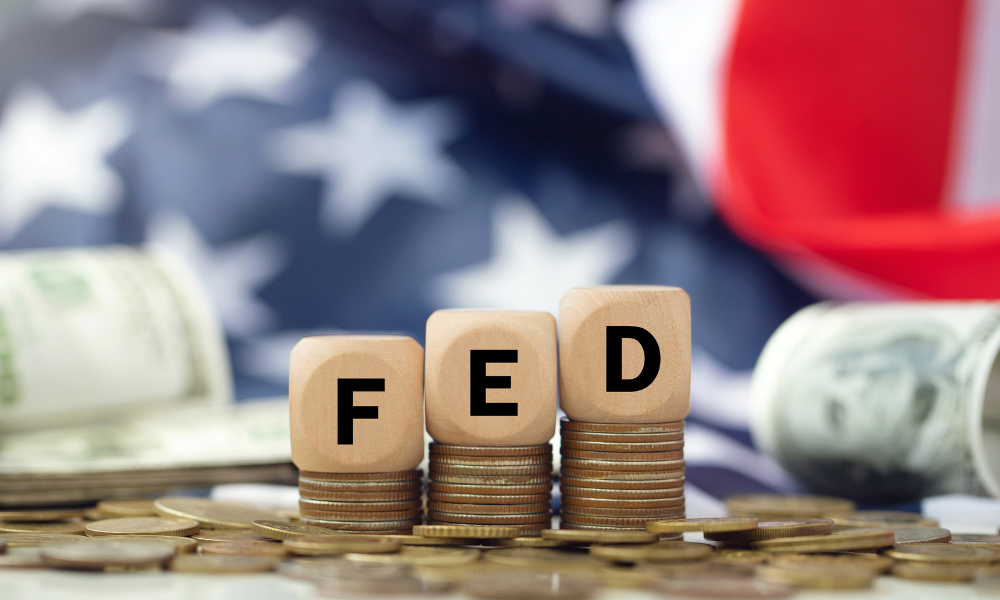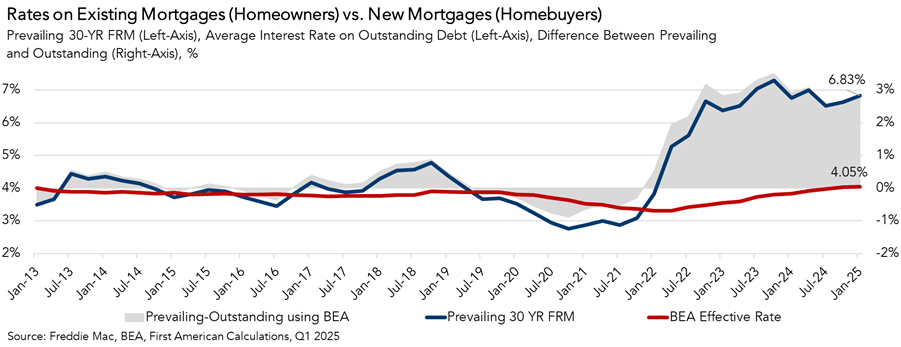Central bank expected to keep rates steady in May

Ahead of the Federal Open Market Committee’s (FOMC) policy decision on Wednesday, economists expect the Federal Reserve to hold the federal funds rate steady at 4.25% to 4.5%, continuing a pause initiated in January following a series of rate cuts late last year.
First American senior economist Sam Williamson said the Fed’s decision reflects a “wait-and-see” approach, as officials seek more clarity on the economic effects of recently imposed tariffs. “With inflation persistently running above the FOMC’s target and the labor market displaying resilience, the committee appears under little pressure to act,” Williamson said. “[They are] choosing instead to ‘wait for greater clarity’ on the impact of recently announced tariffs before easing monetary conditions.”
However, Williamson added that the central bank is increasingly caught in a delicate balancing act. “The Fed increasingly finds itself facing a challenge as formidable as converting an infamous 7—10 split,” he said, referring to the dual pressures of inflationary risks driven by tariffs and signs of a softening labor market that have rekindled recession fears.
While the broader economy shows signs of strain, the housing market continues to navigate the effects of elevated mortgage rates. Williamson noted that a rise in rates over recent weeks—up 20 basis points to approximately 6.8%—has further weighed on affordability and dampened demand. The increase stems from investor uncertainty surrounding tariff impacts, which has lifted yields on the 10-year US Treasury Note, a key benchmark for mortgage rates.
The strain has been reflected in the latest data, with existing-home sales falling 5.9% in March—the sharpest monthly decline since November 2022.
Despite the slowdown, Williamson pointed to early signs of resilience in the housing market. “Some nascent signs suggest the 2025 home-buying season may still experience modest year-over-year improvement,” he said, citing increased inventory and a growing willingness among buyers to accept elevated borrowing costs.

“Buyers increasingly adapt to the ‘higher-for-longer’ rate environment and prioritize lifestyle factors over waiting for a significant rate drop,” Williamson added, noting that the “rate lock-in effect”—where homeowners delay selling due to holding mortgages with lower rates—is expected to gradually diminish.
Looking ahead, Williamson said the Fed is expected to resume rate cuts in the second half of the year. “Mortgage rates are projected to ease from today’s levels, offering additional relief to prospective home buyers,” he said.
What are your thoughts on the current market trends? Share your insights below.



